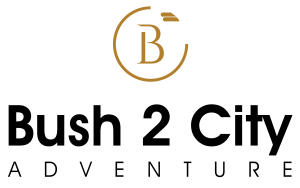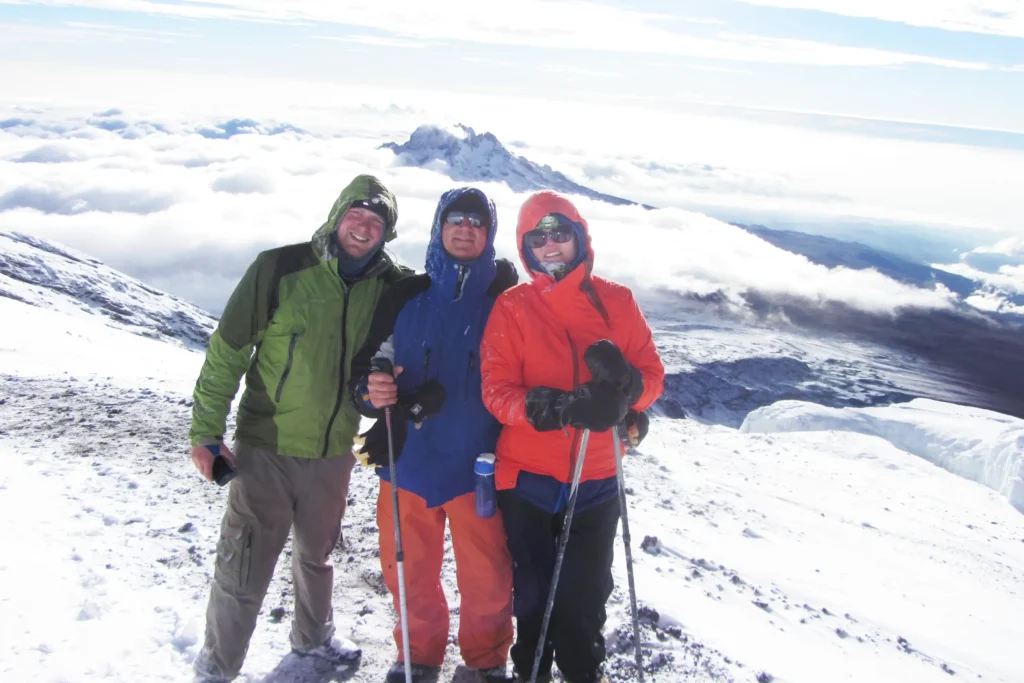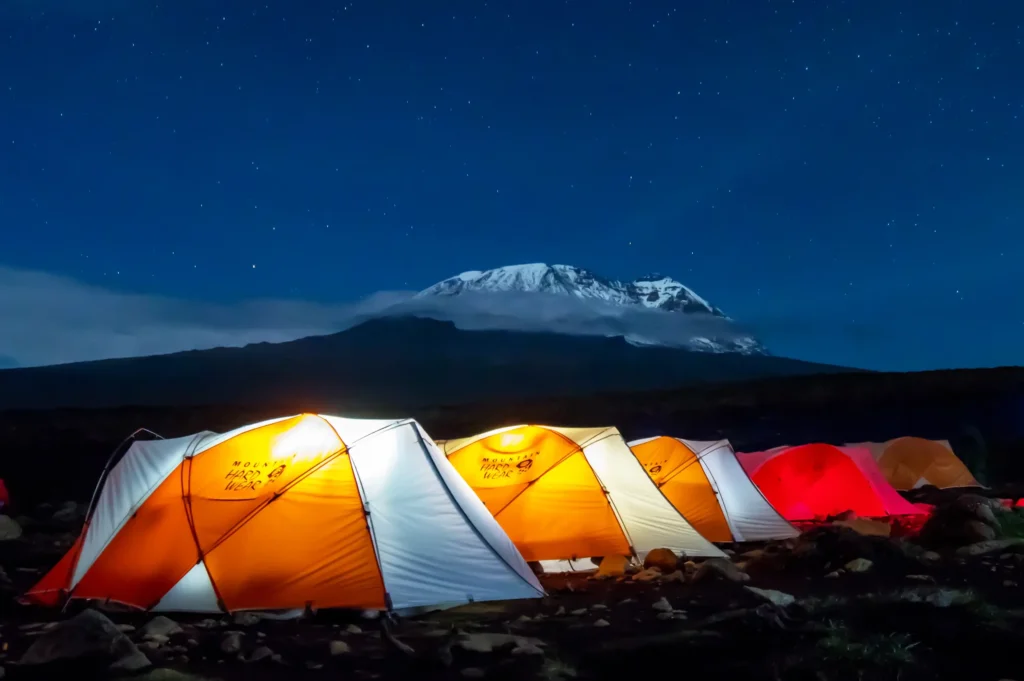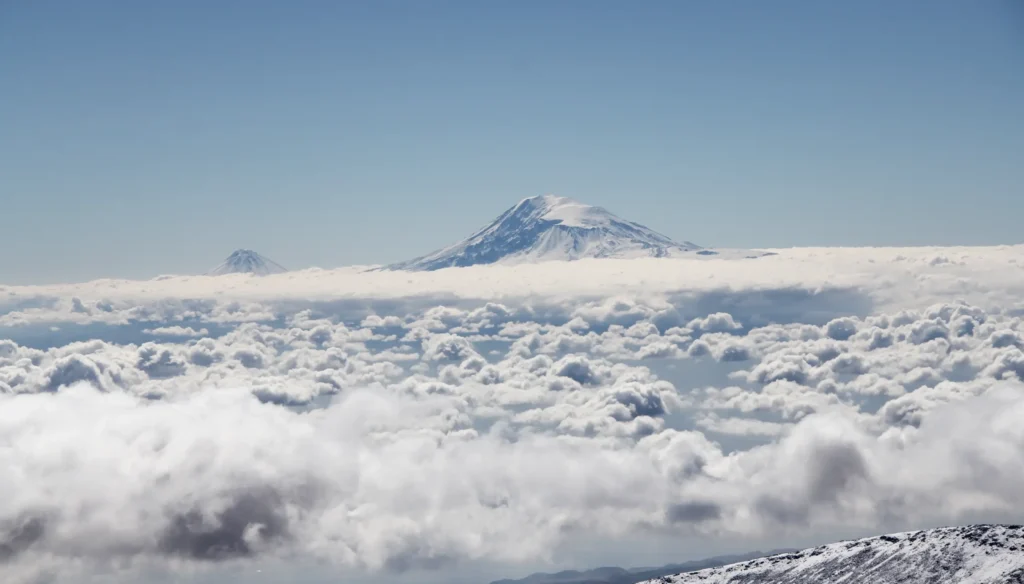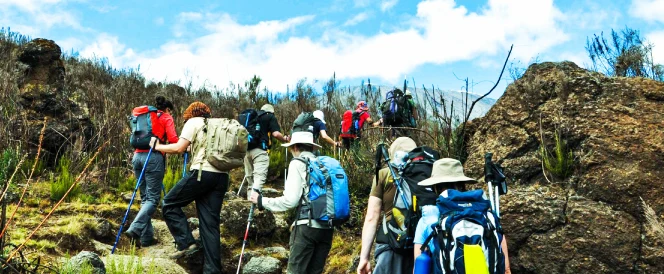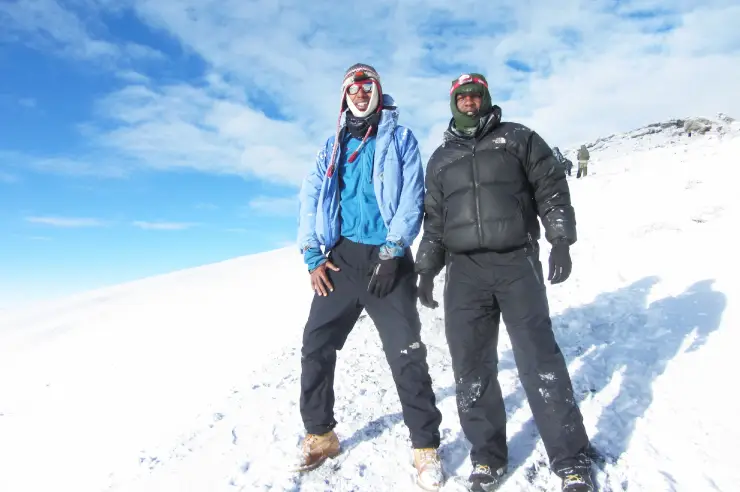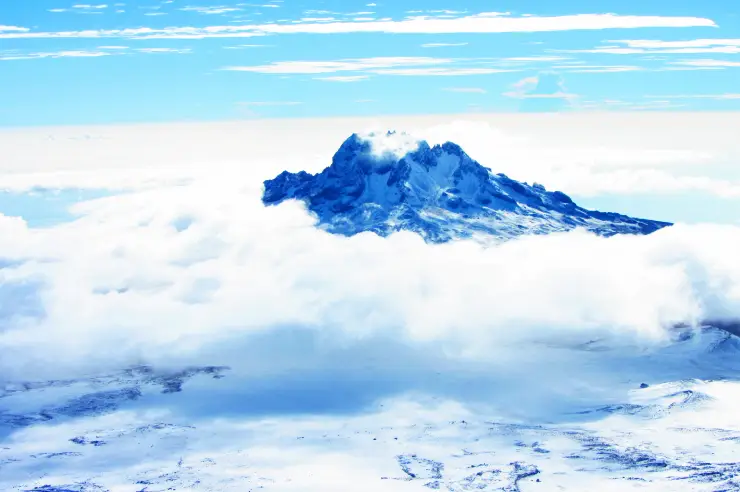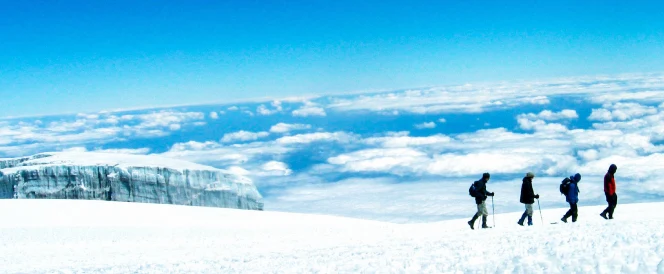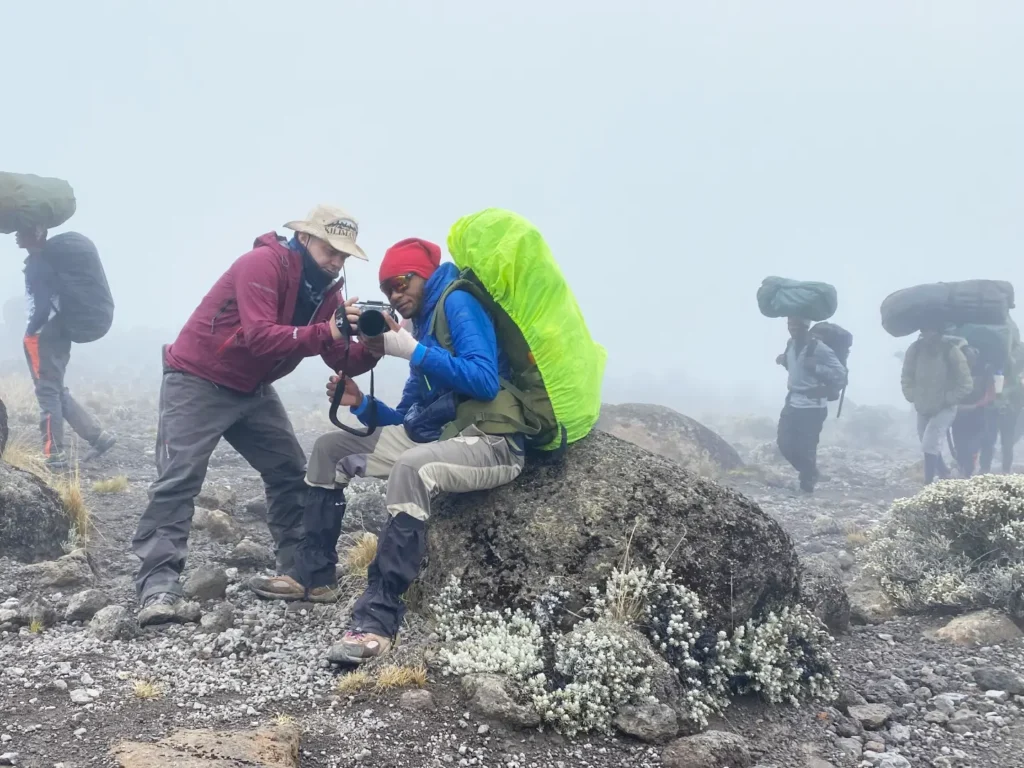Climbing Mount Kilimanjaro on your own is not allowed. Since 1991, the Kilimanjaro National Park Authority (KINAPA) has required all climbers to go with a licensed tour operator and be accompanied by experienced guides and porters. This rule is strictly enforced for your safety and to protect the mountain.
This strict regulation is in place for several critical reasons, prioritizing both climber safety and the sustainable management of the national park:
Climber Safety:
Altitude Sickness Management: The most significant risk on Kilimanjaro is Acute Mountain Sickness (AMS), which can rapidly escalate to life-threatening conditions. Licensed guides are extensively trained in mountain first aid, specifically in recognizing, monitoring (often with pulse oximeters), and managing symptoms of AMS. They are equipped to make crucial decisions, including when to initiate a descent, which is the primary treatment for severe altitude sickness.
Navigation and Terrain: Despite being a non-technical climb, Kilimanjaro’s multiple routes, varying terrain, and unpredictable weather conditions (fog, snow, ice) can make navigation challenging. Guides possess intimate knowledge of the mountain, ensuring climbers stay on designated and safe trails.
Emergency Response: Tour operators and their crews carry essential safety equipment, including emergency oxygen, comprehensive first-aid kits, and communication devices (VHF radios, satellite phones). In the event of an injury or severe illness, guides facilitate rapid emergency response and, if necessary, evacuation.
Environmental Hazards: Guides are experienced in identifying and mitigating other potential hazards, such as falling rocks or slippery trails.
Environmental Conservation: Kilimanjaro is a UNESCO World Heritage Site and a vital ecosystem. The mandatory guided system ensures that climbers adhere to “Leave No Trace” principles, minimizing environmental impact. Guides ensure proper waste disposal, adherence to designated routes, and protection of the fragile flora and fauna.
This regulation helps the park authorities control and monitor the number of visitors, which is crucial for preserving the mountain’s pristine environment for future generations.
Support for the Local Economy: The tourism industry on Kilimanjaro is a significant economic driver for the local communities in Tanzania. The mandatory requirement for guides, porters, and cooks provides vital employment opportunities, supporting thousands of Tanzanian families. This ethical tourism practice ensures that the economic benefits of climbing Kilimanjaro are distributed within the local population.
Logistical Support: A typical Kilimanjaro expedition involves a considerable amount of logistical planning. Guides and porters manage all aspects of the climb, including carrying tents, cooking equipment, food, water, and personal gear (excluding your daypack). This allows climbers to focus on the physical challenge of the ascent without the burden of heavy loads, significantly enhancing comfort and summit success rates.
Licensed tour operators handle all necessary permits, park fees, and administrative procedures, streamlining the entry process into Kilimanjaro National Park.
Accessing Licensed Operators: Prospective climbers should engage with licensed tour operators. These operators are registered with the Tanzanian Tourism Board and KINAPA, ensuring they meet the required safety standards, ethical practices, and regulatory compliance. It is highly recommended to select an operator that is also a partner of the Kilimanjaro Porters Assistance Project (KPAP), which advocates for fair wages and working conditions for porters.
Attempting to climb Kilimanjaro independently, without a licensed guide and porters, will result in denial of entry at the park gates, severe fines, and potentially other legal consequences, including detention or deportation. Therefore, adhering to these regulations is not only a legal requirement but also a fundamental aspect of a safe, responsible, and fulfilling Kilimanjaro experience.
All our mountain staff are passionately dedicated to Kilimanjaro and get no greater pleasure than in teaching climbers too how to delight in this mountain themselves, while en route to the highest point on the African continent, a place where the memories that climbers capture will be unforgettable and will be re-lived for the rest of their enriched life.
